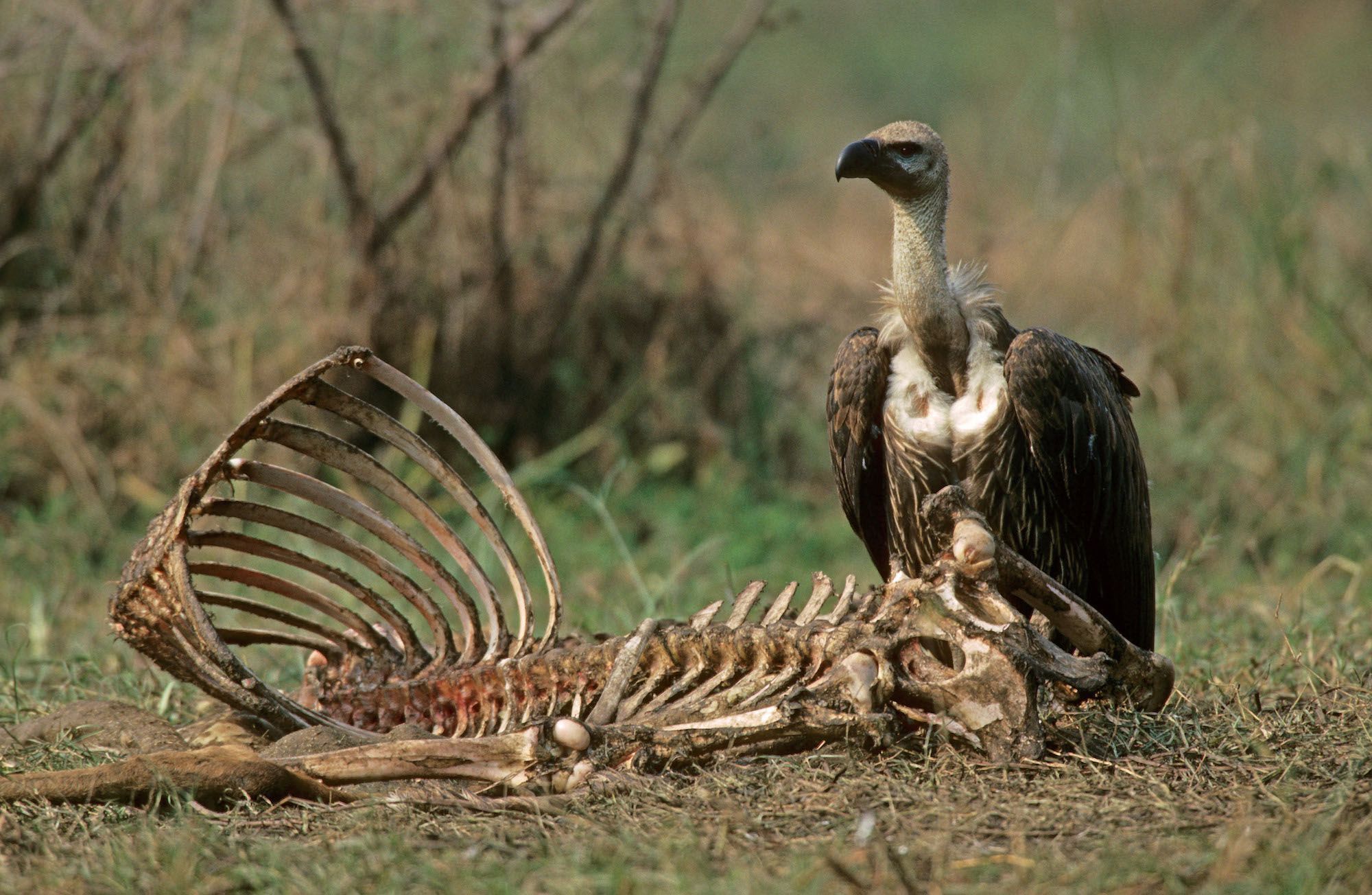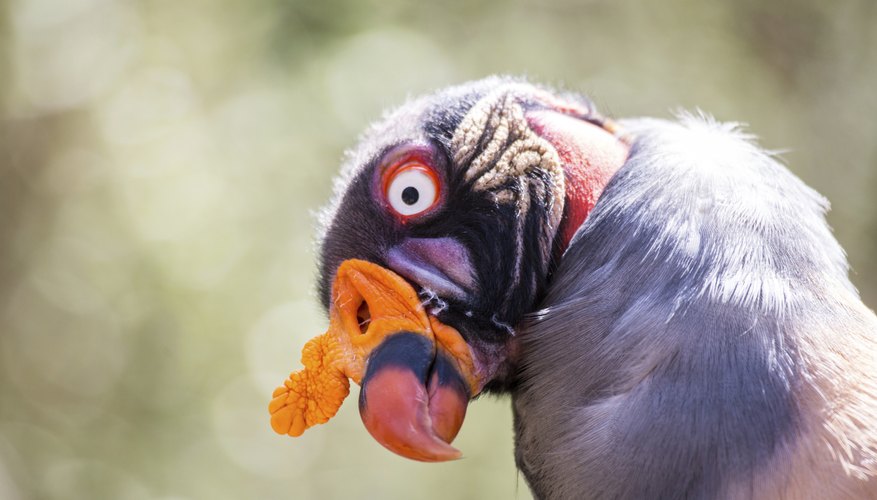

Scavenging unites animals which normally would not come into contact, and results in the formation of highly structured and complex communities which engage in nonrandom interactions. While microscopic and invertebrate decomposers break down dead organisms into simple organic matter which are used by nearby autotrophs, scavengers help conserve energy and nutrients obtained from carrion within the upper trophic levels, and are able to disperse the energy and nutrients farther away from the site of the carrion than decomposers. Scavengers play a fundamental role in the environment through the removal of decaying organisms, serving as a natural sanitation service. Animals that collect small particles of dead organic material of both animal and plant origin are referred to as detritivores. There are also an info that Otodus megalodon, Ceratosaurus, Andrewsarchus and some more prehistoric animals were scavengers.Īnimals which consume feces, such as dung beetles, are referred to as coprovores. The same study suggested that theropods in relatively sauropod-free environments, such as tyrannosaurs, were not exposed to the same type of carrion oversupply, and were therefore forced to hunt in order to survive. As a result of this resource oversupply, it is possible that some theropods evolved to get most of their calories by scavenging giant sauropod carcasses, and may not have needed to consistently hunt in order to survive. For example, a single 40 tonne Apatosaurus carcass would have been worth roughly 6 years of calories for an average allosaur. Other research suggests that carcasses of giant sauropods may have made scavenging much more profitable to carnivores than it is now. Recent research also shows that while an adult Tyrannosaurus rex would energetically gain little through scavenging, smaller theropods of approximately 500 kg (1,100 lb) might have gained levels similar to those of hyenas, though not enough for them to rely on scavenging. The debate about whether Tyrannosaurus was an apex predator or scavenger was among the longest ongoing feuds in paleontology however, most scientists now agree that Tyrannosaurus was an opportunistic carnivore, acting mostly as a predator but scavenging when it could.

In the prehistoric eras, the species Tyrannosaurus rex may have been an apex predator, preying upon hadrosaurs, ceratopsians, and possibly juvenile sauropods, although some experts have suggested the dinosaur was primarily a scavenger.

In some African towns and villages, scavenging from hyenas is also common. The interaction between scavenging animals and humans is seen today most commonly in suburban settings with animals such as opossums, polecats and raccoons. Scavengers of dead plant material include termites that build nests in grasslands and then collect dead plant material for consumption within the nest. Scavenging wild dogs and crows frequently exploit roadkill. Almost all scavengers above insect size are predators and will hunt if not enough carrion is available, as few ecosystems provide enough dead animals year-round to keep its scavengers fed on that alone. They may also use their size and ferocity to intimidate the original hunters (the cheetah is a notable victim, rather than a perpetrator). Many large carnivores that hunt regularly, such as hyenas and jackals, but also animals rarely thought of as scavengers, such as African lions, leopards, and wolves will scavenge if given the chance. Most scavenging animals are facultative scavengers that gain most of their food through other methods, especially predation. For example, Tokunagayusurika akamusi is a species of midge fly whose larvae live as obligate scavengers at the bottom of lakes and whose adults almost never feed and only live up to a few weeks. Fly larvae are also common scavengers for organic materials at the bottom of freshwater bodies. Well-known invertebrate scavengers of animal material include burying beetles and blowflies, which are obligate scavengers, and yellowjackets. Obligate scavenging is rare among vertebrates, due to the difficulty of finding enough carrion without expending too much energy. Griffon vultures ( Gyps fulvus) eating the carcass of a red deer in Spain


 0 kommentar(er)
0 kommentar(er)
